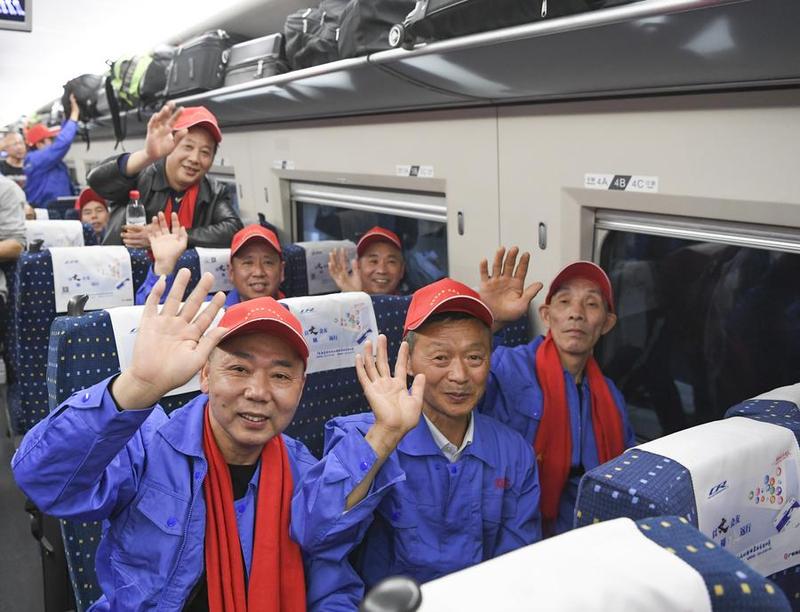China’s nearly 300 million migrant workers are facing new challenges as the workforce ages and the job market shifts toward more skill-based and service-oriented roles, a new government report shows. According to the National Bureau of Statistics, the average age of migrant workers in 2024 rose slightly to 43.2 years, with 31.6 percent now over 50 years old. This steady increase highlights the need for targeted skills training to keep up with evolving job demands.
Experts attribute the aging workforce to several factors, including longer schooling for rural youth, which delays their entry into the labor market, and the growing number of older workers who remain employed. At the same time, the shift from traditional labor-heavy industries to sectors like logistics, food delivery, and artificial intelligence is transforming employment patterns across China.
The report reveals that 54.6 percent of migrant workers are now employed in the services sector, marking a slight increase from the previous year. In contrast, the industrial sector has seen a drop, now accounting for 44.7 percent of employment. Manufacturing remains the top industry, employing 27.9 percent of migrant workers, followed by construction (14.3 percent), and wholesale and retail (13.6 percent). About 7 percent are engaged in transportation, accommodation, and catering.
Researcher Wu Shuai from the Chinese Academy of Personnel Science emphasized the importance of upskilling migrant workers. She noted that many younger workers are now choosing flexible jobs with better conditions, often found in the service sector. Meanwhile, automation and AI in manufacturing are making it harder for older, low-skilled workers to keep up.
According to Wu, “Vocational training needs to be expanded to cover fast-growing sectors like advanced manufacturing and modern services. These areas offer high demand but still lack enough skilled labor.”
The report also brought some good news. Migrant workers’ average monthly income grew by 3.8 percent, reaching 4,961 yuan ($687) in 2024. Those working in eastern China earned even more, averaging 5,368 yuan per month. Additionally, urban living conditions improved slightly, with migrant workers enjoying 24.7 square meters of living space per person, up from the previous year.
Education access for migrant children is also improving. The preschool enrollment rate for children aged 3 to 5 increased to 94.5 percent. In terms of recreation, more workers reported using the internet and attending social gatherings, indicating a better quality of life overall.
Wu also stressed the need for improved public services, particularly in urban areas. She called for stronger support in education, healthcare, and cultural integration, saying these efforts are crucial if migrant workers and their families are to feel truly settled in city life.
What is the main concern about China’s migrant workforce?
The report points to an aging workforce and a shift in job demand toward service and tech sectors. This means many older and low-skilled migrant workers could struggle unless proper skills development programs are introduced.
As China’s economy changes, helping migrant workers adapt through focused vocational training and inclusive urban services will be key to ensuring they continue to thrive in the modern labor market.

